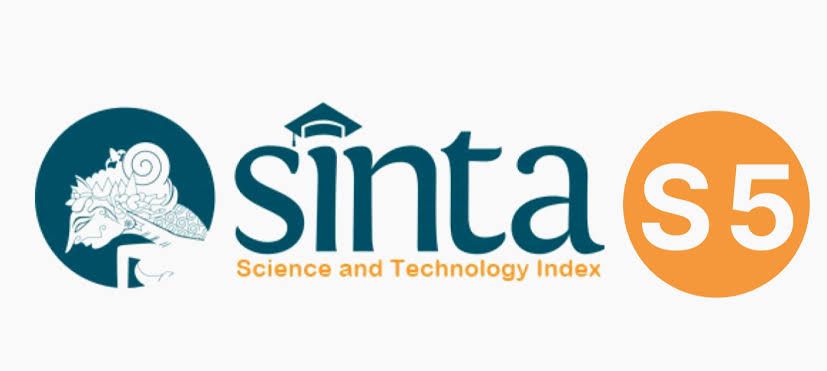Chronic Subdural Hematoma and Massive Subgaleal Hematoma Following Pediatric Minor Head Trauma
DOI:
https://doi.org/10.32734/aanhs-j.v1i1.1034Keywords:
Chronic Subdural Hematoma, Massive Subgaleal Hematoma, Minor Head TraumaAbstract
Subdural hematomas result from injury to the bridging cortical veins or from extension of intracerebral contusion in the subarachnoid space. Chronic subdural hematomas are usually observed in infants and result from an undiagnosed or conservatively treated acute subdural hematoma. Treatment depend on the extension and localization of the hematoma. Subgaleal hematoma is caused by rupture of emissary veins and located between the periosteum and the scalp galea aponeurotica extending from the orbital ridges to the nuchal ridge.
A 6-year-old boy presented with a fluctuant mass over the scalp following a minor head injury 4 days earlier with history of headache and vomiting. He had undergone craniotomy procedure ten months earlier due to brain abscess drainage, post operative head CT revealed no abnormal radiologic findings and no clotting disorder was found before. A plain CT head revealed a thick isodense subdural collection overlying the left cerebral convexity and presentation of massive circumferensial subgaleal hematoma. Laboratory findings suggest progressive bleeding with low hemoglobin level of 6.8 g/dL but normal coagulation panel.
The patient was managed surgically with a left-sided craniotomy hematoma evacuation. The previous subgaleal and subdural drains inserted gradually showed less production 3 days after surgery were withdrawn subsequently. As the clinical symptoms resolved, he was discharged with a slight intermitten headache. The patient was loss to follow-up so there were no post operative imaging.
The majority of chronic subdural hematoma which are frequently encountered in neurosurgical practice, ideally treated with surgical drainage. Minor head trauma can lead to chronic subdural hematoma and massive subgaleal hematoma and these patients should be evaluated for underlying coagulopathy.
Downloads
Downloads
Published
How to Cite
Issue
Section
License
The Authors submitting a manuscript do understand that if the manuscript was accepted for publication, the copyright of the article shall be assigned to AANHS Journal.
The copyright encompasses exclusive rights to reproduce and deliver the article in all forms and media. The reproduction of any part of this journal, its storage in databases and its transmission by any form or media will be allowed only with a written permission from Asian Australasian Neuro and Health Science Journal (AANHSJ).
The Copyright Transfer Form can be downloaded here.
The Copyright form should be signed originally and sent to the Editorial Office in the form of original mail or scanned document.














